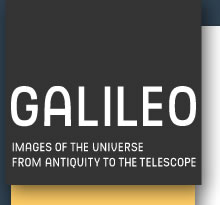


The most advanced astronomical research between the 8th and 15th centuries was conducted by the Arabs. The attention that Islamic astronomers devoted to the study of astronomy enabled them to achieve important results. They adapted Ptolemy's geometric models for the Sun, the Moon and the five planets, increasing their accuracy and improving the coordinates that the Alexandrian astronomer had provided for fixed stars. Islamic authors introduced improvements in the instruments they had inherited from the Greeks and invented new ones. They were the undisputed leaders in the measurement of time using the Sun and the stars. Astronomical observatories were built in several Muslim regions. The data produced in these institutions would later be used by Western scholars like Copernicus. Learned Europeans during the Middle Ages were familiar with very few of the results that Islamic astronomers had achieved. The Islamic contribution to astronomy has only gradually come to light over the past 150 years thanks to an increase in the study of Islamic manuscripts and instruments.